Do you really know how horses sleep? It's not just a fun fact: knowing it helps improve their well-being. A...
Search in blog
Blog categories
Latest posts
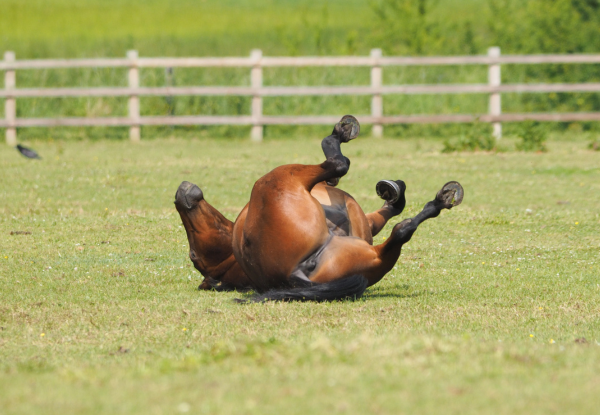
Understand the risks of colic in horses, learn how to spot the symptoms, and discover how to act quickly. A simple...

Hippotherapy is an innovative therapy that uses the power of the horse to promote physical, cognitive, and emotional...

Everything you need to know about horse sweet itch: a complete guide with symptoms, causes, and helpful remedies to...

A technical guide to choosing the right bit: learn the difference between curb and snaffle and find the best option...
Popular posts
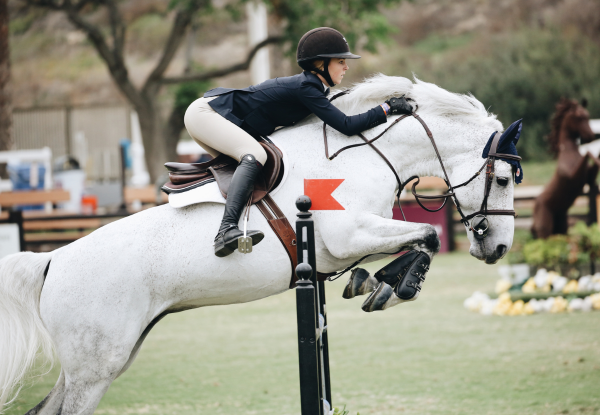
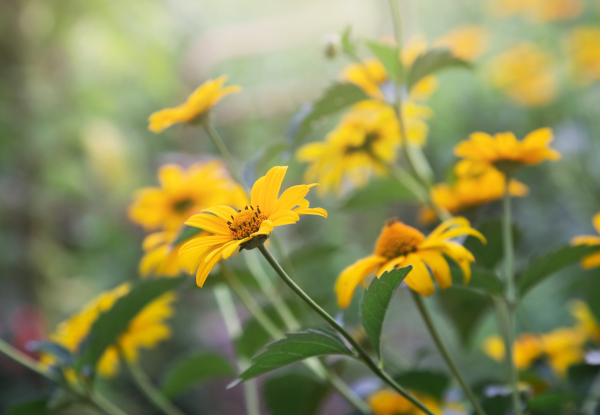


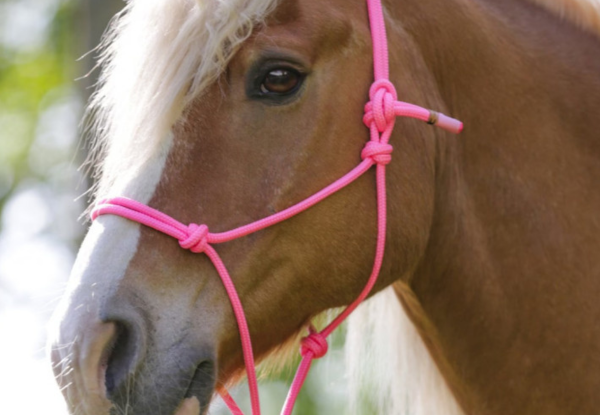
Featured posts


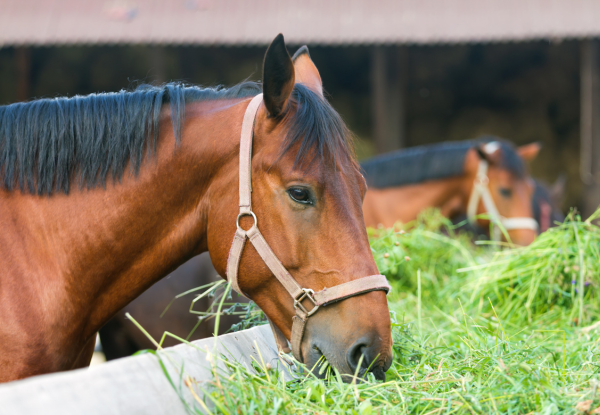


Mud Fever: effective solutions for treating and preventing it permanently
Mud fever refers to skin lesions that often appear in the pastern area of horses, typically forming during the autumn and winter months when horses spend long periods in damp and muddy environments or in bedding that is not properly cleaned. The most common signs include redness, scabs, hair loss, and thickened skin.
Some horses, especially those with a compromised immune system, are more vulnerable to developing these issues.
The good news? With the right care and attention, mud fever can heal. Applying specific ointments and keeping the horse's environment clean and dry makes a real difference.
It is important to intervene quickly: if left untreated, mud fever can become painful and cause lameness, making movement difficult for the horse.
Necessary precautions to prevent mud fever:
-
Always wash the horse's legs after work
-
Thoroughly dry the legs, especially the pastern area
-
Keep the stable or paddock clean
Here are our tips for treating mud fever:
1. Clean thoroughly: carefully wash your horse's legs using Gallop Medicated Shampoo and lukewarm water. This gentle antibacterial shampoo, with a neutral pH, is designed to cleanse the skin without irritation, helping to keep the area clean and healthy.
2. Dry thoroughly: after washing, dry the horse’s legs completely, ensuring not to worsen any existing lesions. Proper drying is essential to avoid moisture build-up, which could hinder the healing process.
3. Facilitate healing: apply Wound Cream, a cream formulated with Aloe Vera, Tea Tree, Vitamin E, and zinc oxide, which promotes skin regeneration. Apply the cream to the scabs and wounds, repeating the cleaning (shampoo) and application (wound cream) steps until the scabs fall off, the redness decreases, and the skin appears fully healed.
4. Protect: once the Wound Cream is fully absorbed, before returning your horse to the stable or paddock, generously apply Protection Plus Cream to the dry legs, focusing on the affected areas. This ointment creates a waterproof barrier, protecting the treated areas from mud and moisture.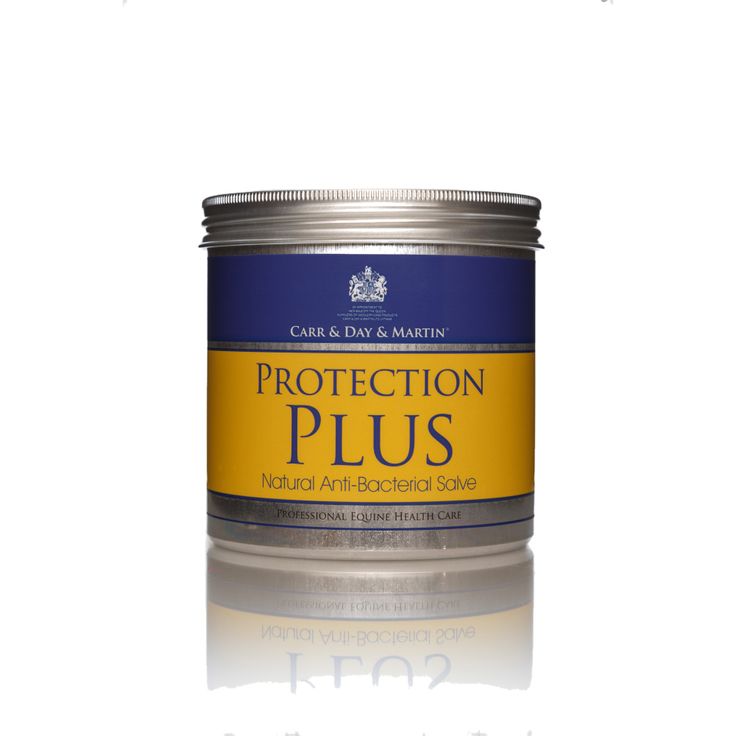
Necessary precautions to treat mud fever:
-
Always keep the horse's legs dry
-
Ensure the horse gets adequate rest
-
Keep the horse in dry and thoroughly clean environments during the winter months
In any case, it is important to consult a veterinarian who can assess the severity of the condition and recommend the best course of treatment.
.png)
Related posts
 How to keep your horse hooves healthy: tips and useful advice for winter
How to keep your horse hooves healthy: tips and useful advice for winter
 Equitime Horse & Leather Care: the new line for horse and leather care
Equitime Horse & Leather Care: the new line for horse and leather care
 Horse Arnica: properties and benefits of extra-strong arnica gel for horses and human use
Horse Arnica: properties and benefits of extra-strong arnica gel for horses and human use
 What do horses eat? A complete guide to horse feeding for optimal health
What do horses eat? A complete guide to horse feeding for optimal health
 Sweet itch in horses: Symptoms, causes and treatments for a healthy coat
Sweet itch in horses: Symptoms, causes and treatments for a healthy coat
.png)
.png)
